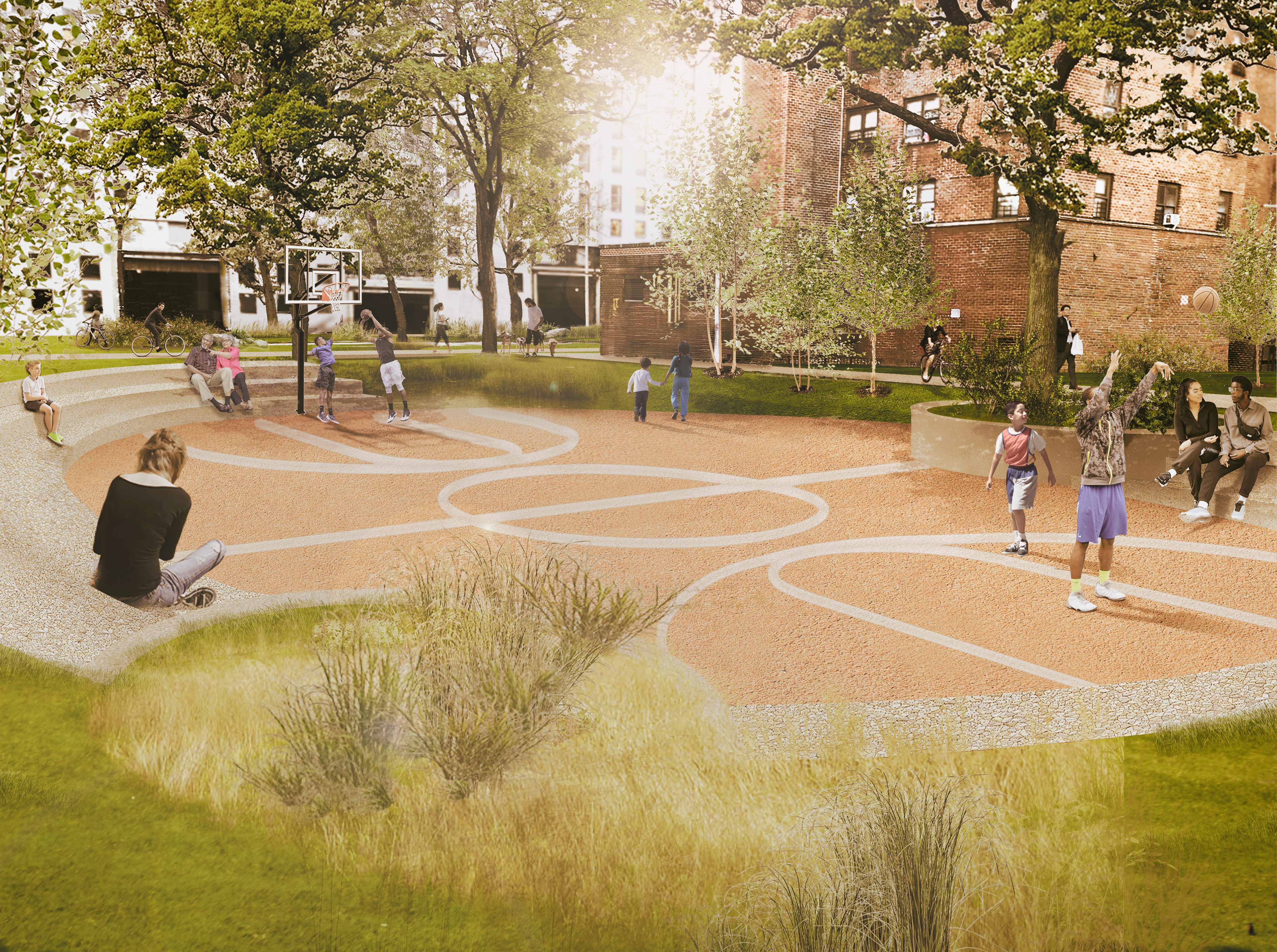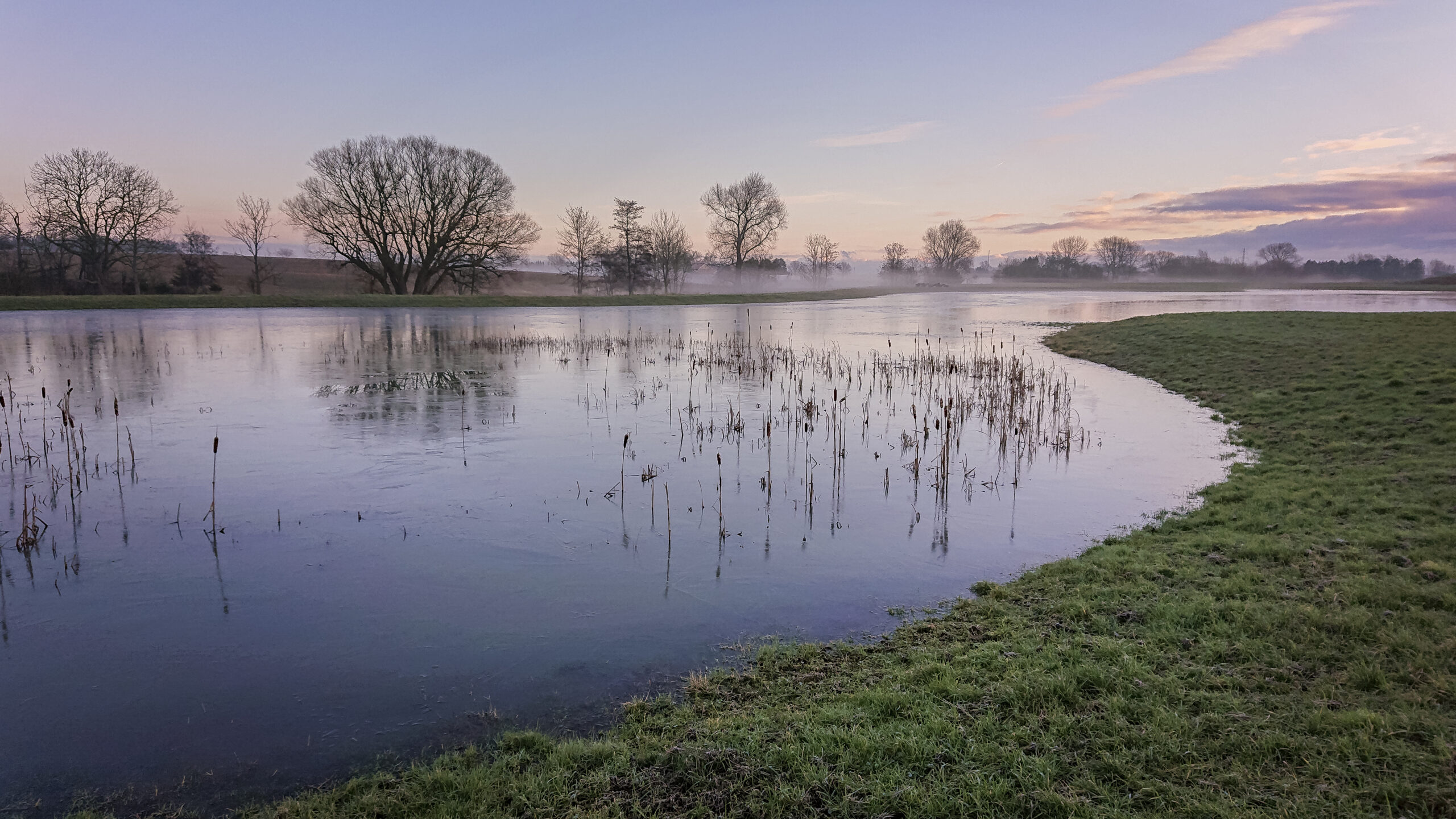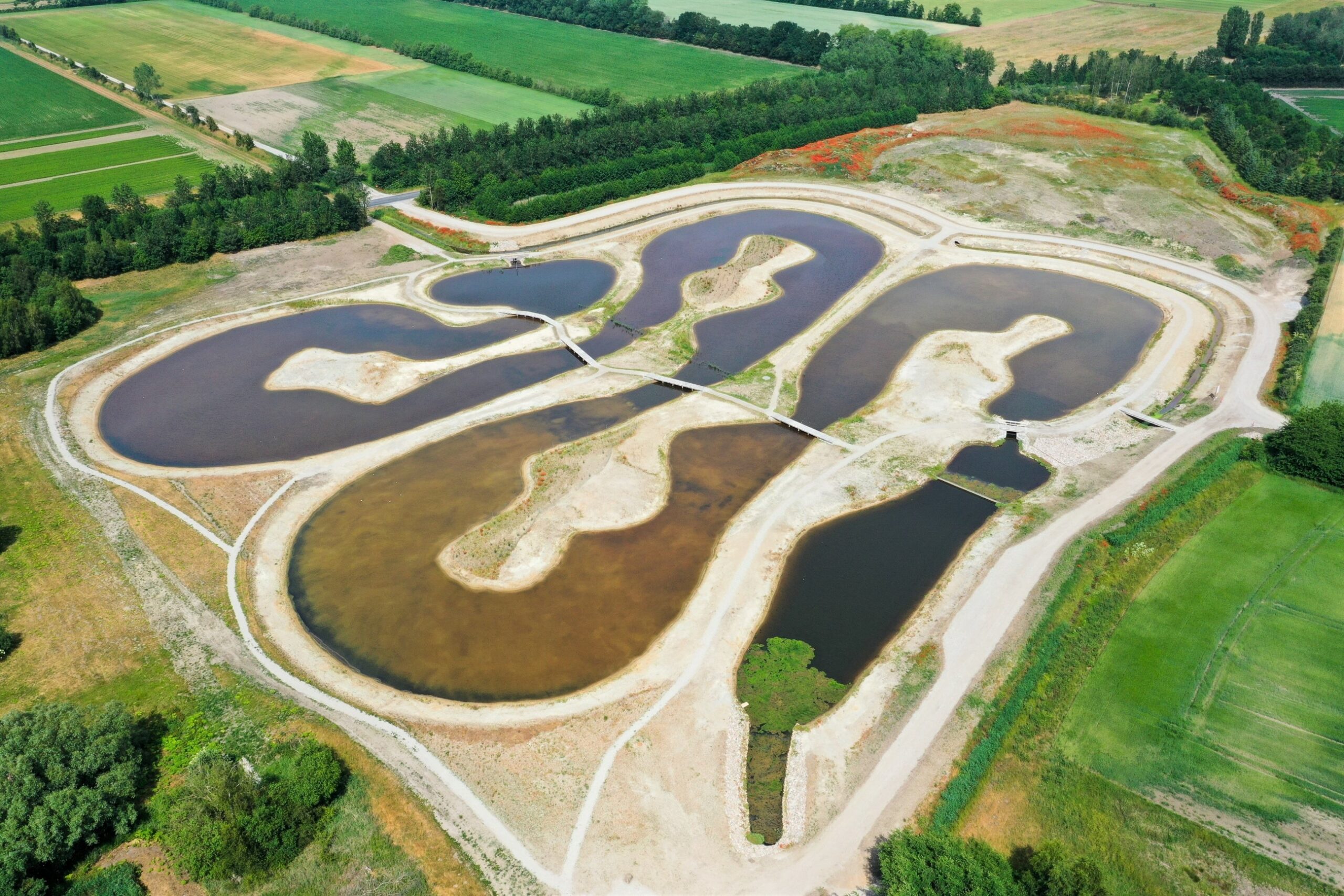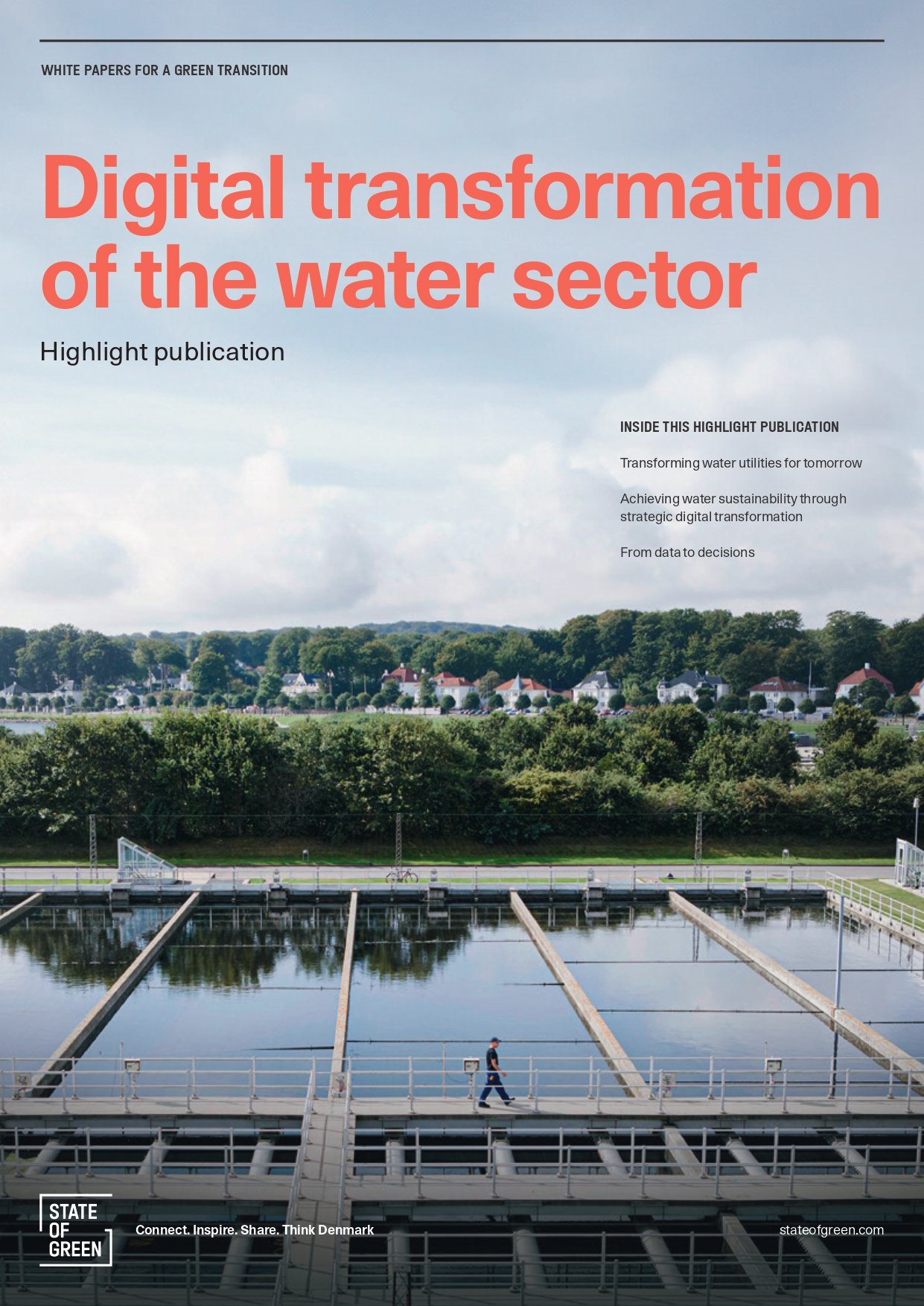News
CHP
Climate change adaptation
Coastal protection
+13
4 Examples of Holistic Urban Solutions: A Utilities’ Perspective


Creating liveable cities means taking a holistic approach to urban development. Doing so enables the development of smart, urban solutions that not only make cities sustainable, but also healthy, safe and attractive places to live in.
Danish cities, companies, consultants and utilities have a longstanding tradition in implementing urban development projects that have been conceived through holistic planning where concern for the environment, people and businesses go hand in hand.
In May 2017, a broad range of Danish organisations united to create a knowledge hub for Danish city solutions – State of Green CITIES. Each month we will bring you a perspective from one of the members on how they work and contribute to holistic urban development in Denmark and around the world. This month the Danish Energy Association provides you with 4 examples of holistic urban solutions that utility companies contribute to.
1. Utility company supports coastal cities in growth
The green transition and climate adaptation can be supported by utilities in many ways. This is the experience from TREFOR, whose infrastructure activities on electricity, water and heat are demonstrated in five municipalities, each with its own development profile in the largest cities. Cities that both densify and expand.
-It is important that we, as a utility company, consider municipal and city development in the planning process of our infrastructure, and find solutions that last for decades to come, says Charles Nielsen, Director of Electricity, Water and Heating at TREFOR.
In the Danish city of Vejle, TREFOR supports the Green Tech Center, which, as a living lab, tests cleantech technologies and plays a part in creating a resilient coastal town that can handle more extreme rain, concentrated drainage from the hinterland and rising water levels in the fjord. Vejle is part of the global network '100 resilient cities'.
Another city Fredericia is preparing the construction to make room for e.g. data centers powered by Google, as well as room for several major national companies. TREFOR El-net has just launched an additional grid station, so new customers in the area can get electricity from the grid.
The Municipality of Middelfart plans to collect 'cold' district heating from the underground to a number of smaller cities where the residents have oil-fired boilers. Heat pumps in the individual houses must utilise the energy in the water for heating or cooling. The heating price is fixed corresponding to a normal district heating supply.
In the municipality of Kolding, a heating plant is being built with liquid / liquid heat pumps that will supply heat to a new suburb in Vester Nebel. It provides increased electrification and contraction of electricity and heat. On and out of the harbor, construction is planned for a new residential area, and at Kolding Hospital there is a focus on energy consumption and future demand.
-Both ports and hospitals must think about infrastructure for electricity, water and heat, says Charles Nielsen from TREFOR.
2. Testing batteries in the City of Copenhagen
Electricity consumption fluctuates and with the increase in windmills and solar panels so does production. In a parking house in the urban development area Nordhavn in Copenhagen, the Distribution System Operator (DSO) Radius wants to test how a battery of 630 kW can contribute to maintaining a stable electricity grid.
-The battery has two tasks. The most important one for us is peakshaving, which refers to evening out stresses on the local electricity grid, says Poul Brath, project manager at Radius, and points to the sale of frequency regulation to the TSO Energinet as the other task.
-Frequency regulation is not a task suitable for us as a DSO, but we would like to benefit from the experiences, says Brath.
In around half a year, the battery will be lend to CleanCharge Solutions who offer charging for electric cars. The control of the battery will be changed and Radius will gain new knowledge about the influence of the electricity grid.
-We will also enter dialogue with CleanCharge regarding purchase of peakshaving and other services from them as a commercial partner. There will be a lagre demand for the services offered by this battery so it will be exciting to explore the interfaces, says Poul Brath.
3. Utility companies must invest in smart cities
Cities worldwide are becoming more digital and energy efficient, and utility companies are ready to supply infrastructure in new ways. That constitutes a challenge to existing legislation in Denmark – as well as in other countries.
-If we are to reap the benefits from synergies then it has to be easy to work across different types of utilities, such as electricity, water and heat. We also need to improve our exchange of data, says Deputy Director General at the Danish Energy Association Anders Stouge.
The regulation in Denmark mainly focuses on encouraging DSOs to become more economically efficient but we also need room for investing in helping cities move forward, says Anders Stouge.
4. Smart solutions for cities
It is becoming a tradition! Each year, the energy concern NRGi helps gathering a number of experts in order to facilitate a debate on the development of smart cities.
-We recognise a potential, a need, and a responsibility for developing solutions to urban challenges that somhow replace the lack of space, poor infrastructure and growing pressure on resources with comfort, security and welfare for the citizens, says head of communication Simon Karsø from NRGi.
As an utility company, NRGi contributes in several tangible ways. Simon Karsø points to three specific elements: Every year, NRGi gathers experts, politicians and relevant companies for discussion and knowledge exchange at a Smart City conference, NRGi advises municipalities and developers on strategy and concrete projects, and NRGi develops and sells fixture for urban spaces.
The smart solutions are supposed to reflect the fact that large cities are facing challenges from growing populations, pressure on the housing market, poor use of infrastructure and pollution. At the same time, smaller cities are experiencing population decline and many places are lacking behind the digital progress. These very significant trends are forcing cities to adapt in order to maintain their appeal to current and prospective citizens, states NRGi.
More information on the role of DSOs
State of Green and Danish Energy Association have published the internationally oriented magazine ”Smart Distribution Grids Power Europe’s Transition to Green Energy”, which contains experiences from Danish DSOs contributing to the green transition. Download it here:
About State of Green CITIES
The members of State of Green CITIES represent different Danish competencies within holistic urban solutions. The members include State of Green, Confederation of Danish Industry, Danish Energy Association, Danish Association of Architectural Firms, FRI (the Danish Association of Consulting Engineers), DI Energy, DI Byg, DI Digital, DI Transport.















